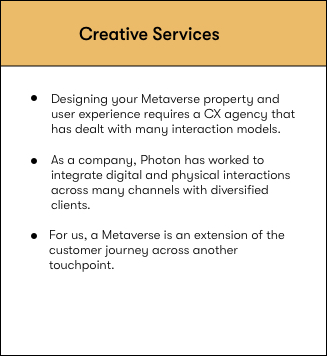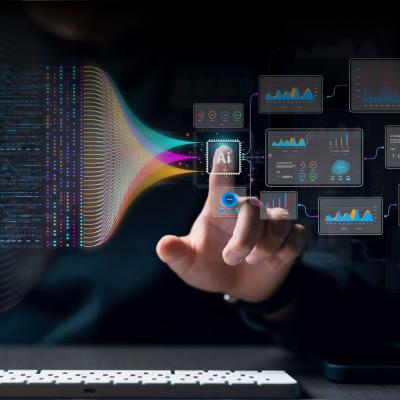Previously in the Series
Part 1 - 1000x Smarter, Faster, Stronger: The Future of Tech in 5 Years
We introduced the three foundational pillars transforming the next decade of technology: AI, Quantum, and Robotics. These aren’t isolated trends — they’re converging forces that will reshape strategy, industry, and infrastructure. We explored how:
- AI is scaling 1000× in reasoning power and contextual awareness.
- Quantum computing is unlocking solutions beyond classical limits.
- Smart robotics is evolving into autonomous, adaptive systems.
Part 2: From Prediction to Intuition: The Next Leap in AI Capability
We examined how AI is moving beyond reactive tools to become anticipatory systems that grasp goals, maintain context, and self-correct in real time. Key enablers included:
- Multimodal reasoning across text, vision, voice, and data.
- Agent orchestration for complex task delegation.
- Long-context memory that sustains intent across workflows.
- Feedback loops for continuous learning.
Intro
In an exponential world, the big question isn’t just “What’s next?” — it’s “Where should you place your bets to stay ahead of the curve?”
Multipliers are not merely enhancements — they are force amplifiers that compress timelines, expand operational bandwidth, and generate nonlinear returns across systems, workflows, and markets.
In a landscape defined by AI-native architectures, quantum-class compute, and intelligent automation, identifying and stacking the right multipliers isn’t optional — it’s the difference between iterative growth and exponential advantage.
What Are Multipliers?
A multiplier is any technology, process, or practice that amplifies capability, accelerates impact, or compounds leverage. When stacked together, multipliers unlock exponential value, not just linear gains.
Types of Multipliers
1. Technological Multipliers
- Compute infrastructure: GPUs, TPUs, ASICs, edge processors
- AI models: LLMs, multimodal systems, autonomous agents
- Interfaces: Voice, AR/VR, gesture, neural links
- Quantum computing & teleportation: Real-time simulation and secure data exchange
2. Organizational Multipliers
- AI-native workflows and decision layers
- API-first integration across teams
- Adaptive automation that learns and scales
3. Human Multipliers
- Prompting as a core skill
- AI copilots for research, writing, and planning
- Synthetic teammates with memory and reasoning














